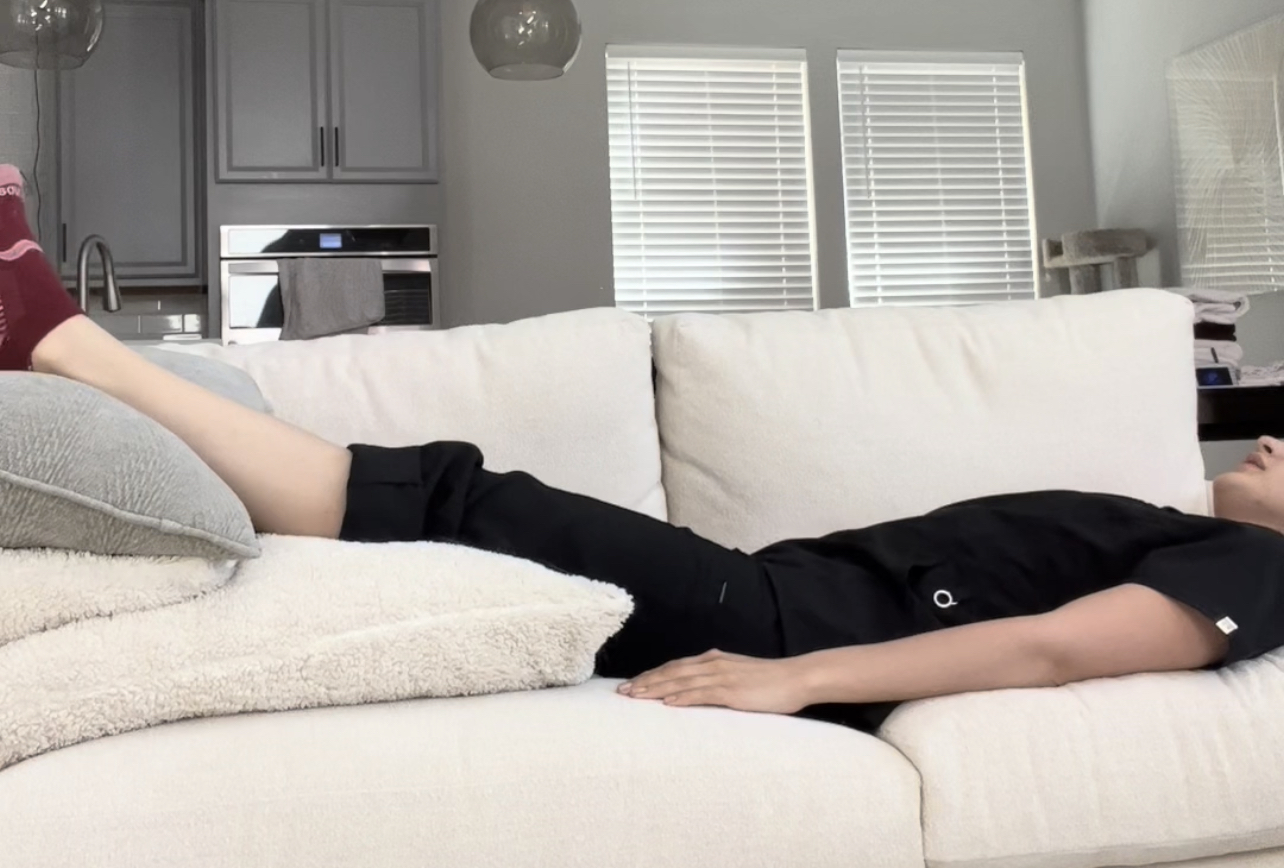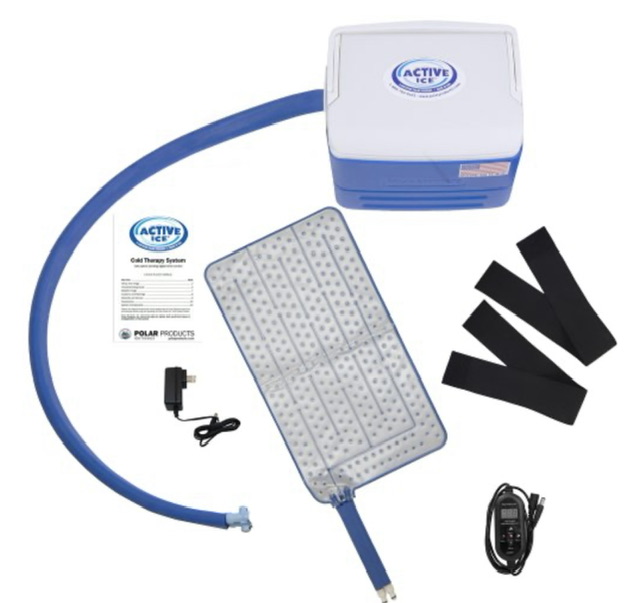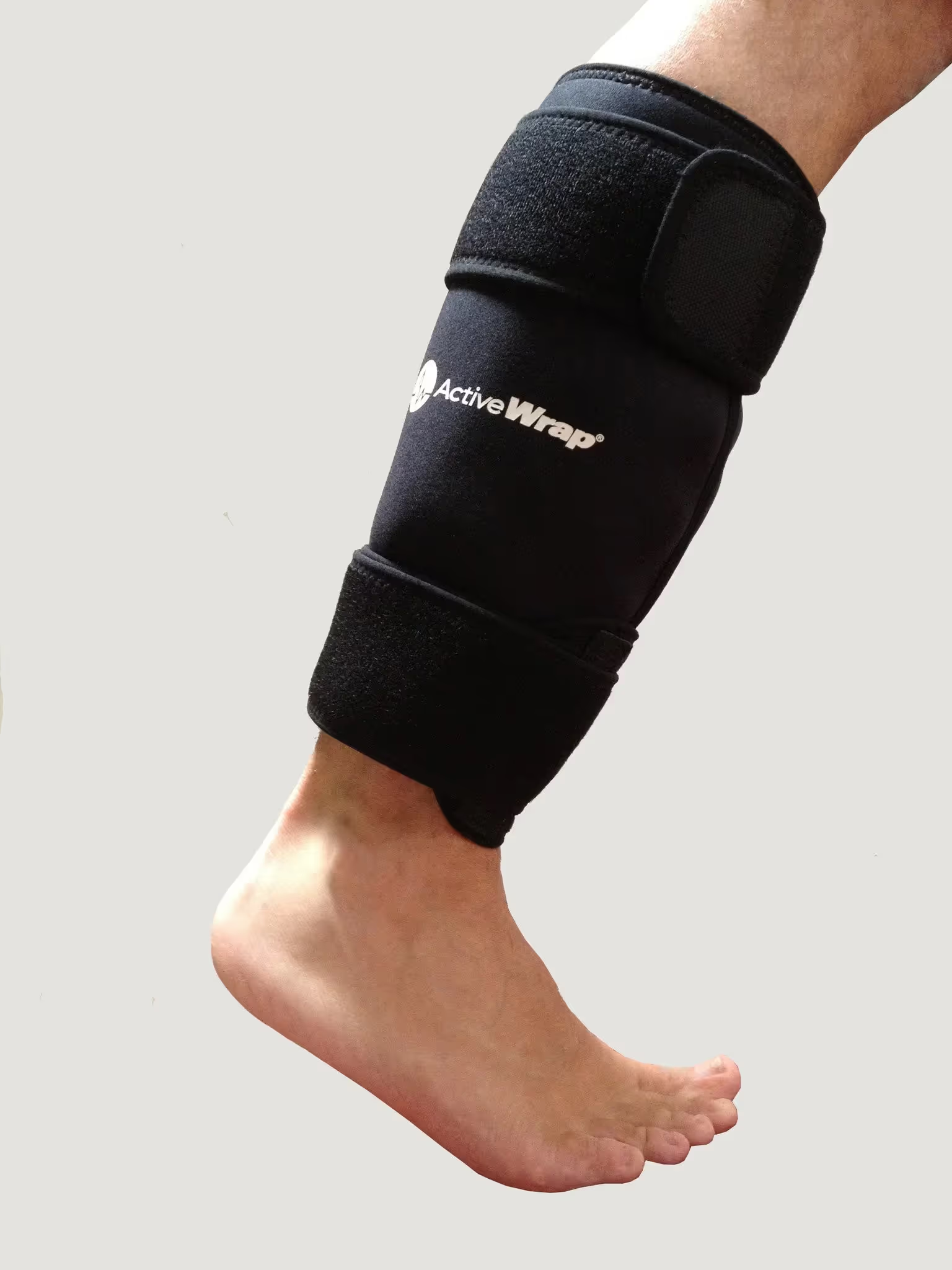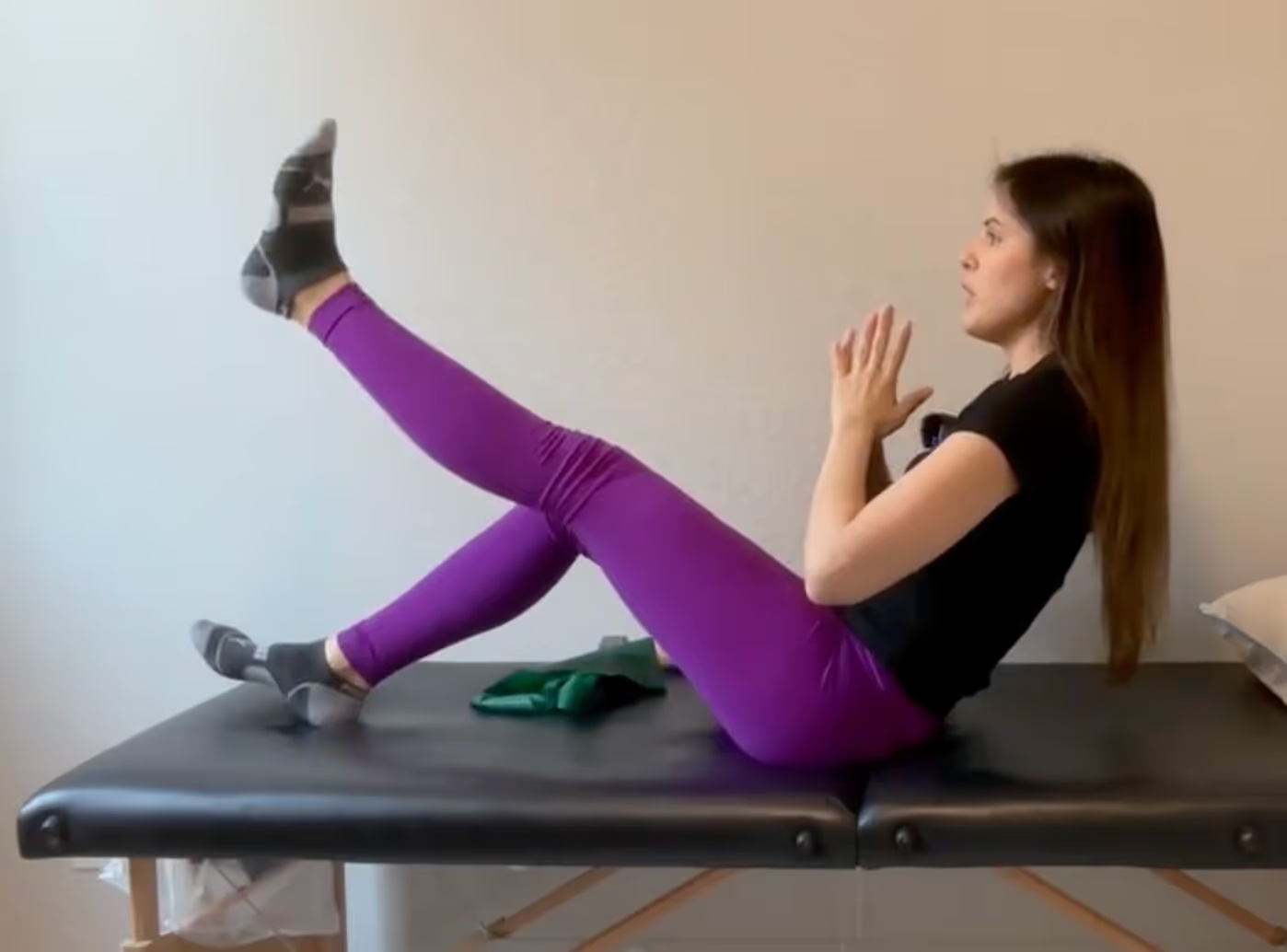A knee replacement surgery (also called knee arthroplasty) is a very successful treatment for severe knee pain, knee inflammatory arthritis, or chronic knee inflammation performed by experienced orthopedic surgeons. The surgeon removes the damaged cartilage in the knee, ligaments (including anterior cruciate ligament and posterior cruciate ligament), and damaged bone - all of which have been affected from severe arthritis.
Your doctor may recommend knee joint replacement if:
- you are having pain from knee arthritis that keeps you from sleeping or doing normal activities.
- You cannot walk and take care of yourself.
- Your knee pain has not improved with other treatment.
When the bone, cartilage, and ligaments have been removed, a new knee replacement implant is put in place. This implant composes of metal and plastic. As you can imagine, all this wreaks havoc on the body.
Sleeping
Sleeping after you have any type of surgery (total knee replacement, bilateral knee replacement or partial knee replacement) is crucial to healing. However, it is very common to have difficulty with sleeping after any surgery. Pain is the number one reason people have difficulty with sleep after knee replacement surgery. It is difficult to get comfortable when you are in pain.
The day you have your knee replacement, you’ll notice you won’t have that aching, dull throb in your knee joint or the muscles of the knee that keeps you up at night. This is because the surgeon most likely gave you a nerve block in the thigh that affects the knee joint pain. Nerve blocks typically last between 18-30 hours after knee replacement surgery, so enjoy those hours and get some rest! After the nerve block wears off, you will notice pain at night even if you are taking your pain meds as prescribed.
Most people report difficulty sleeping starting at day 4 post surgery and lasting as long as 10 weeks. Depending on your specific body, your activity level, you might notice a shorter or longer struggle with sleep.
The more inflammation and swelling you have, usually, the more difficult it will be to sleep. Your sleep quality should slowly improve as your body heals. The only quick hack to improving sleep is time. It is not uncommon to have shin bone, thigh pain or hip pain at night time.

Knee replacement t-shirts on Amazon
Why do I have pain at night?
Interestingly, your body does a lot of healing at night time after a surgery. When you lay down to rest, your brain, digestive system, muscles etc. all go into relax mode. The activity of these systems are much less than when we are awake because we aren’t really using them at night time. However, when we are awake using these systems, your body sends blood flow and nerve signals to these areas “distracting” us from the knee pain from knee replacement surgery. So now, when you are asleep, all that distraction is gone and your body focuses on your new knee replacement.
Because our body heals at night time, it solely focuses on an injured area. And after a knee replacement, there are many areas that are injured, including the knee joint, muscles of the shin and thigh. Even if you have had a partial knee replacement, you should expect some night pain. Night pain is a common complaint with many undiagnosed injuries, for instance, a rotator cuff tear presents with night pain. Although it is good for our body to heal at night time, sleep quality is also very important with healing. We need to find the balance between the two.
Now you know why the night pain happens, so…
How do you improve pain so you can sleep?
1. Take your meds
Try to time your medication schedule to include a dosage of your medication close to bed time. Make sure you are taking the pain medications, nerve pain medication, muscle relaxers, etc. if you have been prescribed them. This is one of the best ways to improve your night pain and relieve pain and symptoms at night after knee replacement surgery.
2. Get up and walk/exercise
If you wake up in the middle of night with aching and throbbing in your new artificial knee, get up and walk. This will help distract the body and brain and send the blood flow to other areas. Again, at night time, the body focuses all its energy on healing your knee, if you can get up and use other muscles in your body, it will help the body change the focus.
Getting up at night time and walking also can help reduce blot clots from forming. Blood clots are very common after surgery because the increased blood that your body is producing to heal the new artificial knee after knee replacement surgery. If you have any symptoms of a blood clot, please contact your orthopedic surgeon immediately. Symptoms include:
- severe pain
- calf pain
- increased redness in calf
- increased swelling
Doing your exercises (yes, even at night time) can also help relieve some of your pain and discomfort that comes at night. Your physical therapist probably gave you some bed exercises that you have been doing after your knee replacement surgery. These exercises help with your muscle strength and restore knee motion AKA range of motion. You could try these bed exercises from your physical therapist:
- Quad sets
- Glute sets
- Heel slides
- Ankle pumps
3. Use ice and elevation
Ice and elevate right before you go to sleep. If you can fall asleep with your leg elevated, this will also help. Elevating your leg all night is unrealistic for many people, so just do as much as you can. You can also ice during the night, but be careful you are not overdoing it. Ice injuries can occur if you leave the ice on too long.
Ice and elevation is great for chronic knee inflammation, which is what occurs after a total knee replacement surgery. Ensuring you elevate toes over nose or foot above heart level is essential to the effectiveness of the elevation. The point of elevating the leg is to have gravity assist with moving swelling out of the knee. If your leg is not high enough, gravity cannot work effectively.


Best ice machine ↑ order here - use code DRSAM10 for 10% off and free shipping (cheaper than Amazon!)

Best professional grade ice pack ↑ - order here - use code DRSAM10 for 10% off
4. Switch positions
When you go to sleep, start by sleeping on your back. If you wake up uncomfortable then switch to your side, then your stomach. It is okay to sleep in any position that is comfortable after you’ve had a knee replacement (unless you have been specifically instructed not to).
- Laying on back: slightly elevate your surgical leg with one pillow to support your leg
- Laying on non-surgical side: place pillow in between your knees to support your leg on top
- Laying on surgical side: place pillow under knee to support the leg on the mattress. Using a foam pad mattress topper is very beneficial for support and comfort.
- Laying on stomach: put pillow under shin of surgical leg when laying on your stomach to reduce hamstring discomfort.
5. Switch locations
Having options of sleeping locations is very helpful after a knee replacement. Spend the first part of your night sleeping in your bed, then move to the couch and then recliner. This can help get your leg in different positions that may be more supportive.
Sleeping in the recliner is very helpful after a total knee replacement surgery because you have the ability to elevate your leg. Recliners are generally more supportive while laying on your back compared to bed. Less pillows will be needed to support your knee after surgery.
The couch is another place that patients find to be very supportive for their new knee. Elevating the leg to relieve pain is also easier on the couch compared to the bed.

.avif)




.jpg)





